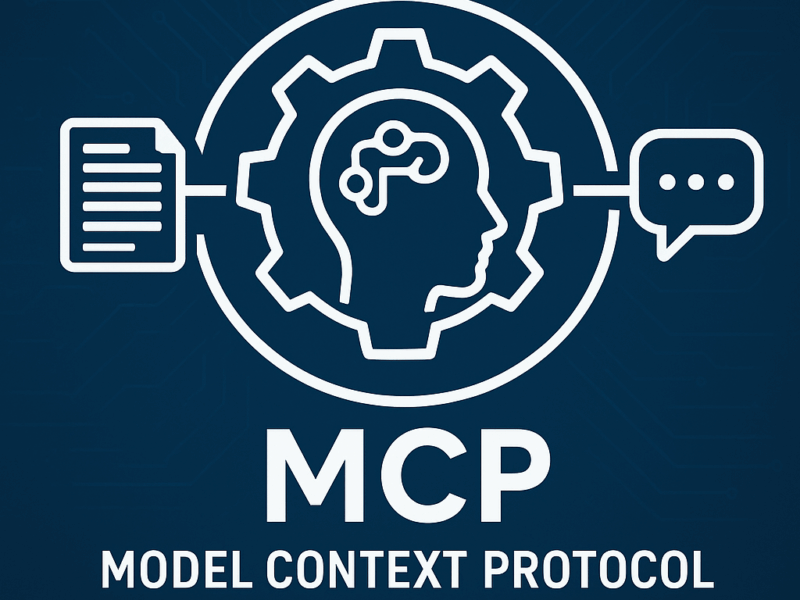
Redis Semantic Caching with Ollama: Supercharge Your AI-powered Applications
In the rapidly evolving world of AI and natural language processing, speed and efficiency matter more than ever. Modern applications rely on semantic understanding — not just exact matches — to deliver meaningful results to users. Today, we explore how Redis Semantic Caching with Ollama can dramatically improve performance while maintaining intelligent AI-driven capabilities.
What is Ollama?
Ollama is a cutting-edge platform for working with large language models (LLMs) locally or in the cloud. Unlike traditional AI APIs, Ollama allows developers to run powerful language models efficiently with minimal setup. Some of the key features of Ollama include:
- Local or Cloud Model Execution: Run models on your local machine or connect via Ollama’s API to cloud-hosted instances.
- Fast and Flexible API: Ollama provides a REST API interface, allowing you to send prompts and receive responses programmatically.
- Optimized Performance: Built to minimize latency, making it suitable for interactive applications, chatbots, and real-time systems.
- Developer-Friendly: With straightforward integration in Python, JavaScript, PHP, and more, developers can harness AI capabilities without extensive overhead.
Essentially, Ollama enables developers to integrate AI-driven functionality into applications with the ease of a REST API or a local model instance.
What Can the Ollama API Do?
The Ollama API opens up a world of possibilities for developers and data-driven applications:
- Text Generation: Generate responses, write content, or create conversational agents.
- Semantic Search: Search documents or datasets based on meaning rather than keyword matching.
- Embeddings: Convert text into vector representations to compare semantic similarity between pieces of content.
- Summarization and Analysis: Condense long-form text or extract insights efficiently.
- Integration with Other Systems: Combine AI capabilities with databases, caching layers, or real-time dashboards.
With the Ollama API, developers can harness LLMs for intelligent decision-making without building the AI infrastructure from scratch.
What is Redis?
Redis is an open-source, in-memory data structure store used as a database, cache, and message broker. Known for its lightning-fast performance, Redis keeps data in memory rather than on disk, allowing sub-millisecond read and write times.
Key Features of Redis:
- In-Memory Storage: Blazing fast access to stored data.
- Rich Data Structures: Support for strings, hashes, lists, sets, sorted sets, bitmaps, and more.
- Persistence Options: Save data to disk periodically or continuously.
- Pub/Sub Messaging: Build event-driven systems with Redis channels.
- High Availability: Redis supports clustering and replication for robust setups.
Redis is commonly used for:
- Caching frequently accessed data to reduce database load.
- Real-time analytics and leaderboards.
- Session storage in web applications.
- Queue management and background jobs.
- Storing temporary AI model responses for faster access.
What is Semantic Caching?
Traditional caching stores exact query results so that subsequent requests can be returned quickly. However, this approach fails when queries are similar but not identical — common in natural language or AI applications. This is where semantic caching comes in.
Semantic caching stores vectorized representations of queries and their results. Instead of relying on exact string matches, it allows you to:
- Find results that are semantically similar to the new query.
- Reduce redundant computations for AI model responses.
- Improve application responsiveness and scalability.
Redis Semantic Caching
Redis Semantic Caching combines Redis’s fast in-memory capabilities with semantic search techniques, usually powered by vector embeddings. Here’s how it works in practice:
- Vectorize Queries and Responses: Convert both incoming queries and previous AI responses into embeddings (numeric vector representations) using an embedding model — for example, via Ollama API.
- Store in Redis: Save the embeddings along with the associated response in Redis. This can be done using Redis hashes or specialized Redis modules like RedisVector for efficient vector search.
- Semantic Lookup: When a new query arrives, compute its embedding and find the closest matches in Redis using vector similarity (e.g., cosine similarity). If a close match exists, return the cached result.
- Fallback to AI Model: If no similar cached result exists, query the Ollama API, generate a response, store it in Redis with its embedding, and return it.
Benefits of Redis Semantic Caching:
- Blazing-Fast Responses: Reduce calls to computationally expensive AI models by serving precomputed responses from memory.
- Semantic Understanding: Unlike traditional caching, similar queries can reuse previous responses.
- Reduced Costs: Fewer API calls to Ollama or other AI providers mean lower operational costs.
- Scalability: Redis handles millions of queries per second, making it ideal for high-traffic applications.
- Flexibility: Works with multiple AI models, datasets, and use-cases.
How Redis Semantic Caching Works With Ollama
Imagine a chatbot that answers customer questions. Users may ask:
- “How do I reset my password?”
- “I forgot my password, what do I do?”
Although these are different strings, semantically they are identical. Using Redis Semantic Caching with Ollama:
- The first query triggers Ollama to generate a response. Its embedding and response are stored in Redis.
- The second query is converted to an embedding and compared with existing embeddings in Redis.
- Redis finds the cached response from the first query and returns it without calling Ollama again.
- This process continues, creating a self-optimizing semantic cache over time.
The result? Your application feels instantaneous, even with complex AI-driven computations.
Implementation Overview
- User sends a query to your app.
- Query is vectorized using Ollama’s embedding API.
- Redis searches for semantically similar embeddings.
- If a match exists → return cached result.
- If no match → call Ollama API → store response and embedding in Redis → return response.
By leveraging Redis + Ollama, you get the perfect combination of speed + intelligence.
Conclusion
Redis Semantic Caching with Ollama is a game-changer for AI-powered applications. By combining:
- Redis’s lightning-fast in-memory caching
- Ollama’s advanced LLM capabilities
- Semantic caching techniques
…developers can create applications that are not only fast and scalable, but also contextually intelligent.
Whether you are building chatbots, search engines, or knowledge assistants, Redis Semantic Caching ensures that repeated or similar queries are served immediately, reducing costs and improving user experience.
Embrace Redis Semantic Caching today and make your AI applications smarter, faster, and more efficient.

